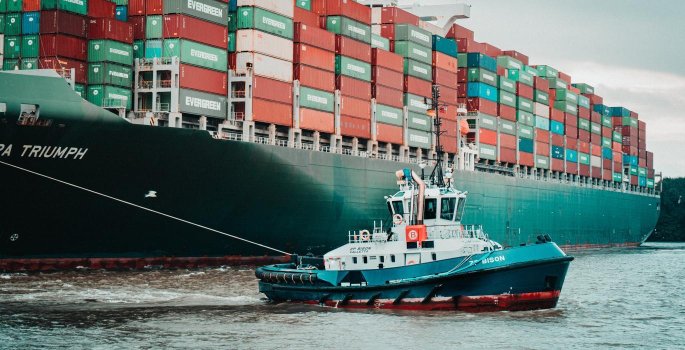While cryptocurrencies and NFTs tend to dominate the headlines when it comes to digital currencies and their associated technologies, some of the most impactful innovation is in the Blockchain Technology market, which is expected to enjoy a compound annual growth rate (CAGR) of 86% from 2022 to 2030, according to Grand View Research. As companies contend with supply chain challenges and margin pressures from inflation and rising labor costs, Decentralized Ledger Technologies (DLT) are reinventing operations, reducing costs and validating sourcing while improving turnaround times and customer service. In this week’s World Reimagined, we will discuss what companies are doing with this technology and what it could mean for consumers and investors.
According to Grand View Research’s latest report on blockchain, the “infrastructure and protocol” segment dominated the market in 2021 and is expected to enjoy significant growth going forward. While much of the headlines when it comes to this space have been about Beeple bubbles and the like, the technology that powers NFTs and digital currency is completely upending how companies operate and interact. Over the past year, we have seen Blockchain Technology and the broader Decentralized Ledger Technologies enable revolutionary changes across a wide range of industries. Today, we will discuss its application in supply chain management, another topic that has been in the headlines for being a colossal headache, driven by pandemic restrictions and now Russia’s invasion of Ukraine.
First, let’s define the problem
Supply chain management is notoriously complex, often involving multiple information systems inter- and intracompany that were each built as standalone platforms and as such, cannot communicate with each other, requiring manual reconciliations, which are time-consuming and labor-intensive. These are necessary as there are often significant data disparities involving things like purchase orders, bills of lading, invoicing, etc. Don’t even get us started on the complexity of simply knowing where something is at any point in time or where an item has originated, or if there is some unexpected delay or damage to a shipment.
Continue reading: https://www.nasdaq.com/articles/blockchain-technology-for-supply-chains%3A-who-is-using-it-and-how
According to Grand View Research’s latest report on blockchain, the “infrastructure and protocol” segment dominated the market in 2021 and is expected to enjoy significant growth going forward. While much of the headlines when it comes to this space have been about Beeple bubbles and the like, the technology that powers NFTs and digital currency is completely upending how companies operate and interact. Over the past year, we have seen Blockchain Technology and the broader Decentralized Ledger Technologies enable revolutionary changes across a wide range of industries. Today, we will discuss its application in supply chain management, another topic that has been in the headlines for being a colossal headache, driven by pandemic restrictions and now Russia’s invasion of Ukraine.
First, let’s define the problem
Supply chain management is notoriously complex, often involving multiple information systems inter- and intracompany that were each built as standalone platforms and as such, cannot communicate with each other, requiring manual reconciliations, which are time-consuming and labor-intensive. These are necessary as there are often significant data disparities involving things like purchase orders, bills of lading, invoicing, etc. Don’t even get us started on the complexity of simply knowing where something is at any point in time or where an item has originated, or if there is some unexpected delay or damage to a shipment.
Continue reading: https://www.nasdaq.com/articles/blockchain-technology-for-supply-chains%3A-who-is-using-it-and-how

